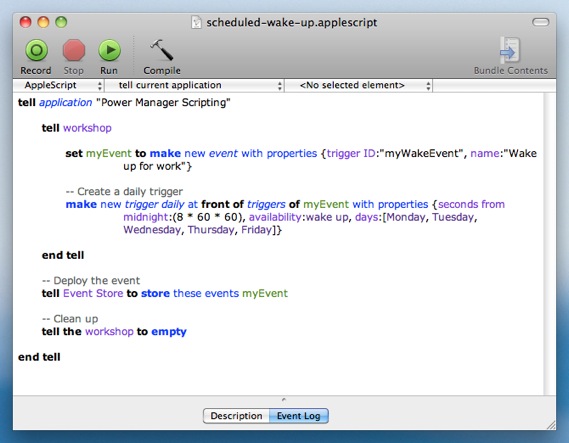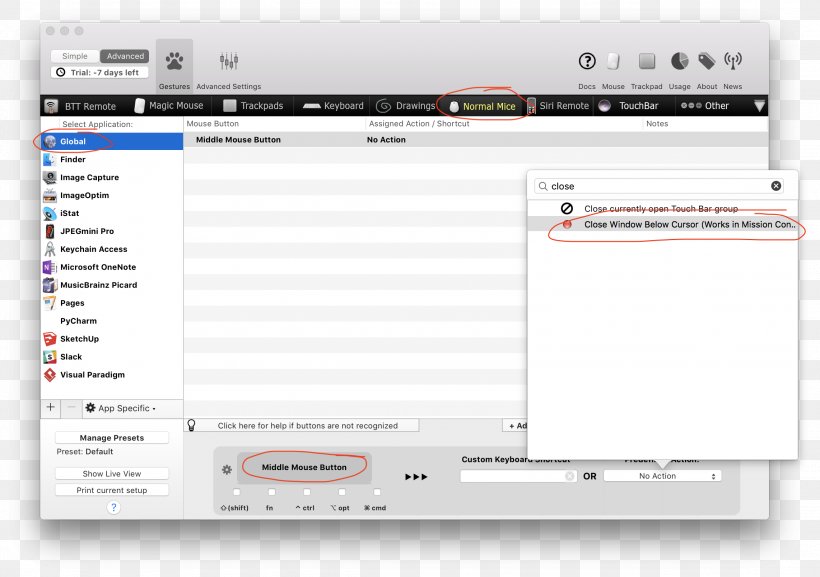
Fortunately, Apple is kind enough to provide you with several completed scripts with your installation of Yosemite. You can find a large cache of scripts in the scripts folder, found in the Library folder, under Scripts.Many scripts (but not all) end with the extension.scpt.Before you get started running scripts, however, you should know a few things. Identifying scripts in the fieldEach script you encounter is in one of these three formats:.Script application: Some AppleScripts act much like an application. To use one, simply double-click it in Finder, and off it goes to perform whatever tasks it was meant to do. Depending on an internal setting of the script, it might quit when it’s finished doing its thing. Scripts are typically identified by the icon that you see in the figure.Compiled script: You might also encounter AppleScripts that won’t run without the aid of another application. Apple calls these compiled scripts.
It's difficult to write about Emmylou Harris without lapsing into a long train of superlatives - she really does have one of the most beautiful voices of her generation, and her taste in material and skill in using her instrument is nearly faultless. 
Although they can’t execute on their own, they do have the capabilities of a script built in. They just require a host application to use them.Text file: The third category of AppleScript you might encounter is a script stored in a text file. This kind of script also needs a host application before it can do anything. Bcsc ophthalmology free.
The main difference between a text file script and a compiled script is that you can read a text file script in any application that can open a text file.The Script Editor applicationCompiled scripts and text file scripts require some sort of host application before they can perform any action. Luckily, Yosemite provides you with just such a host: Script Editor, which comes with OS X and can execute any AppleScript with ease. With Script Editor, you can also do much more, including these things:.View or modify an AppleScript. Executing a scriptWith Script Editor running, you can run any AppleScript you can find. To get you started, Apple conveniently provides a handful of useful scripts.
Navigate to the Scripts folder, which is located in the Library folder.Scripts are divided into folders based on functionality, such as fonts, mail, and navigation. For example, open the Font Book folder, where you’ll find a script named Delete Empty Collections.scpt.Double-click the script to open it. Because it’s a compiled script and not an application script, Script Editor automatically loads the script and comes to the foreground. This particular script opens the Font Book application and checks for empty font collections. If it finds any, the script displays a prompt asking for confirmation and deletes the empty collection if you click the OK button.To see the script in action, click the Run button or press Command+R.
Jun 13, 2016 AppleScript is a mature scripting language developed by Apple. It’s relatively easy to learn in relation to other scripting and programming languages, has been around since System 7.1, and has been widely adopted in both enterprise and personal workflows. It uses the same classes and methods from Apple's documentation in essentially the same way as Objective-C in Xcode (adjusted for AppleScript's syntax, of course), so once you get the hang of translation it isn't too difficult. The main difference is the use of 'current application' everywhere (although there are a few shortcuts that can be used), since that is where the various classes and constants are defined.
Resources
Links to online resources about AppleScript.
Websites
- AppleScript-Users Mailing List provides help and discussions for scripters developing scripts and solutions in AppleScript.
- Macscripter.net offers tutorials, downloads, online community, and detailed information about AppleScript and Automator.
- Automator World provides news, information, and downloads concerning Automator.
- AUTOMATOR.US provides information, and downloads concerning Automator.
- Doug's AppleScripts for iTunes offers hundreds of free scripts for manipulating and managing iTunes.
- Aperture Scripting provides information, and examples concerning scirpting Apple's Aperture application.
- Macs in Chemistry provides information, and examples concerning science-based uses of AppleScript. (resources)
Tools and Applications
- Late Night Software provides third-party software for editing (Script Debugger) and developing applications (FaceSpan) with AppleScript.
- UI Browser is the ultimate assistant for Apple's AppleScript GUI Scripting and Accessibility technologies. It helps you to explore, manipulate and monitor the User Interface elements of most Mac OS X applications running on your computer.
- Smile is a programming and working environment based on AppleScript. In Smile you edit AppleScripts, and much more.
Training and Services
- AppleScript 1-2-3 is the Apple Training Series book for AppleScript. An online version of the first chapter is viewable here.
- VBA to AppleScript transition guide from Mactech magazine is a 150-page example-full guide (in PDF format) for converting VBA macros to AppleScript in Microsoft Office.
- Scripting Matters provides intensive multiple-day training seminars focusing on all aspects of AppleScript.
- TECsoft provides both online and hands-on training for AppleScript.
- Automated Workflows, LLC provides AppleScript and Automator consulting, development and training.
- Custom Flow Solutions provides workflow automation for publishing.
- Write Track Media creates professional workflow automation and data-management solutions.

Developer
- The AppleScript Language Guide (updated for Mac OS X 10.5) is available as an online website, or as a PDF download.
- Release Notes for AppleScript in Mac OS X 10.5
- Release Notes for AppleScript in Mac OS X 10.6
- TN 2106 Scripting Interface Guidelines
- TN 2065 The Do Shell Script Command